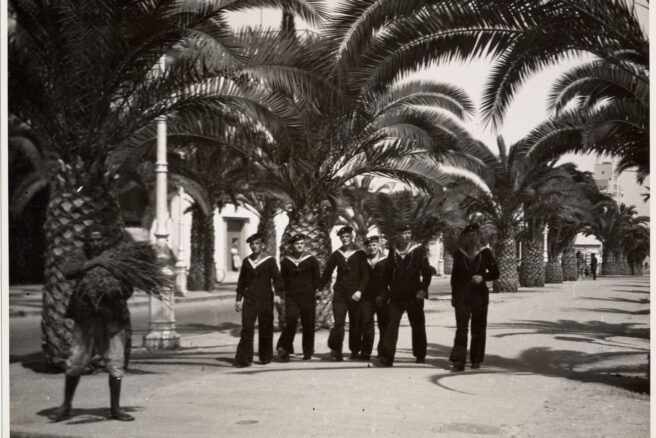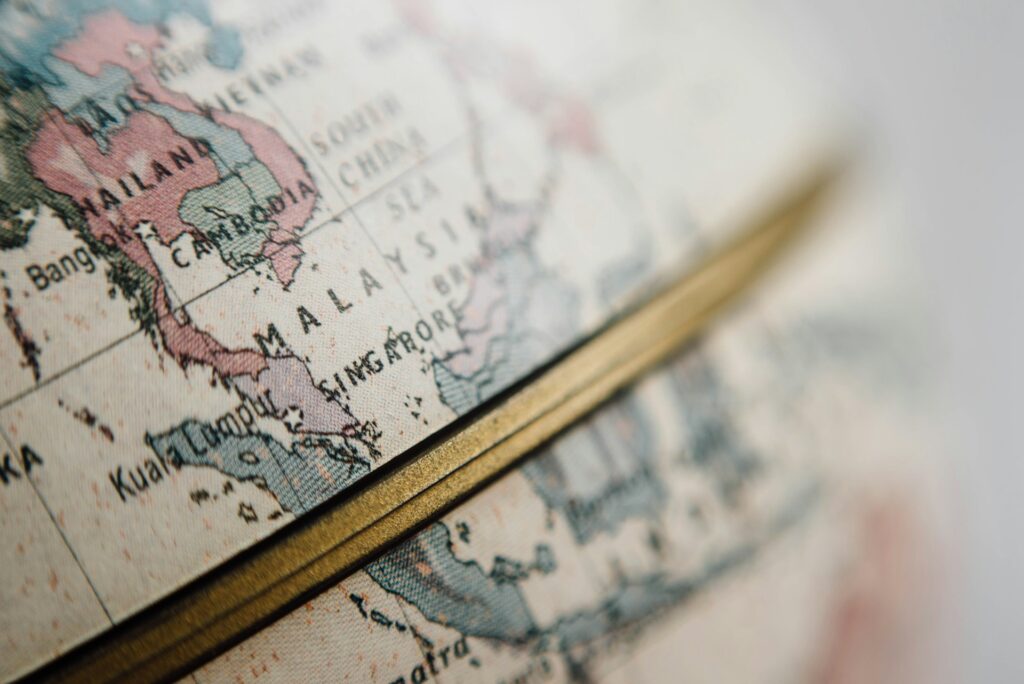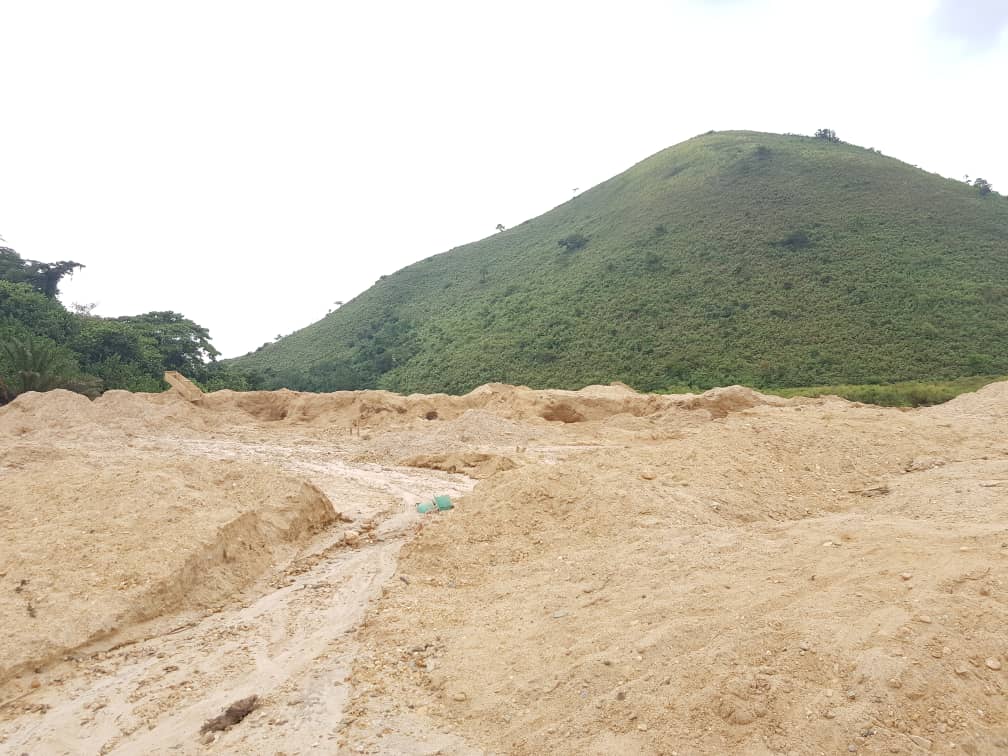It is not commonly known that Portugal and Finland have connections in their respective political histories, given their geographical location at the opposite ends of the European peninsula. These connections have also received very little academic attention in the past. This article discusses these connections offering a brief overview of moments in political history when Portugal and Finland were involved in consensus-building but also at times in dissensus.
Expanding a small nation: Europe and beyond
Founded in 1143 and its borders finally established in 1297, Portugal sought to expand, first on the Iberian Peninsula and then in North Africa, an area of great commercial importance for seafaring European powers. Indeed, without room to maneuver on the European political stage, Portugal’s eyes turned further beyond Europe’s borders.
Given the difficulty of establishing a stable foothold in Northern Africa, Portugal turned to the Atlantic Ocean and the western coast of Africa which was relatively unexplored at the time. With the discovery of the maritime route to India through the Cape of Good Hope, and the subsequent discovery of the American continent, Portugal started to build a vast colonial empire. This period, also known as the era of discoveries, mixed growing economic and political power with the practices of slavery and colonialism.
Portugal developed political proximity with Sweden through a friendship and trade treaty by Francisco de Sousa Coutinho in 1641
Portugal’s political situation in Europe was highly reliant on an alliance with England established in 1386 which, despite some occasional frictions, is still in effect today. In the 17th century, Portugal also developed a closer political proximity with Sweden through a friendship and trade treaty by Francisco de Sousa Coutinho in 1641. This created the first links between Portuguese diplomats and the Government of Sweden, which controlled a portion of what is now Finnish territory.
The first stages of Portuguese-Finnish diplomacy
As Finland became independent during the horrors of World War I, Portugal’s government started planning the beginning of diplomatic relations with the new state. Diplomatic ties were officially established on January 10th, 1920, when Jorge José Rodrigues dos Santos, the secretary of the Portuguese Legation in Stockholm, went to Helsinki. Following World War I, both Finland and Portugal proved out to be active members at the League of Nations.
Diplomatic ties were officially established on January 10th 1920.
The growth of fascist movements in Europe in the 1920s and 1930s had an effect on both countries. On the 28th of May 1926, Portugal turned into a sui generis fascist regime (although there is still great debate on the most apt conceptualization for this regime) followed by a new constitution in 1933.
Finland also experienced strong right-wing nationalism: the Lapua movement and its failed Mäntsälä revolt. The People’s Patriotic Movement (Isänmaallinen Kansanliike) had also gained 14 members of Parliament in the 1933 and 1936 elections, and still 8 in the 1939 elections. However, no fascist-influenced revolution was successful in Finland despite these episodes.
Portugal and Finland in World War II
Unlike Finland, which was engaged in three separate wars during World War II, Portugal was a neutral country with strong commodities’ exchanges and ideological proximity with Hitlerite Germany, but also a distinct political and economic proximity with the United Kingdom and the United States. According to documents on Finnish-Portuguese relations in the national archives of Portugal, Portugal had supported Finnish independence and territorial and political integrity.
Portugal had supported Finnish independence and territorial and political integrity.
Given Portugal’s own political affiliation, the country resisted communist encroachment of Finland by offering assistance. Portugal had already cut diplomatic ties with the Soviet Union in 1918, which would not be reopened until 1974. Numerous meetings occurred between Finnish and Portuguese diplomats as to provide Finland with greater economic means to endure Soviet attacks.
These meetings were conducted by Francisco de Paula Brito Junior (Head of Division for Economic Affairs), Francisco de Castro Caldas (Vice-President of the Corporative Technical Council for Commerce and Industry) and Fernando de Oliveira (Secretary of the Legation) on the Portuguese side. The Finnish side was represented by George Winckelman (Extraordinary Envoy and Minister Plenipotentiary) and Tauno Jalanti (Commercial Director at the Finnish Ministry of Foreign Affairs).
Numerous commodities were either given or sold to Finland during the war which amounted to a total of around 90 million Finnish Marks. The chief trade route was between Petsamo and Lisbon.
The commodities sold or given included paper, sardines, cashew, citric acid, turpentine, sugar, coffee, furs, locks, sporting goods, cork, and port wine.
The commodities sold or given included paper, sardines, cashew, citric acid, turpentine, sugar, coffee, furs, locks, sporting goods, cork, and port wine. Portugal also participated in the acquisition of one of the 12 Finnish ships that were stationed in American ports. Based on records in the Portuguese national archives, this trade activity and diplomatic exchanges continued until the end of the war.
The Cold War period
As World War II ended and the Cold War began, a new historical period also started between Portugal and Finland, one characterized by continued trade but also political dissensus due to the Portuguese colonial presence in Africa.
The Portuguese regime, entitled Estado Novo (New State: 1933–1974), saw the Portuguese presence in Africa as beneficial to Africans and Europeans both, and to African development in general. This opinion was becoming increasingly rare as the processes of decolonization started to gather strength.
The Estado Novo regime would end up having one single African ally: the Apartheid regime in South Africa. In particular the United States was distrustful of Portugal’s continued African presence, as although Portugal had been a stalwart anti-Communist ally, its presence made transitioning African states to democratic and market-based systems difficult. The regime’s position was increasingly isolated and indigenous attacks were numerous mostly in Angola, Mozambique, and in the other Portuguese-speaking territories as well in a never-ending war.
Finnish foreign policy didn’t target the specific areas in Angola and Mozambique where active fighting was occurring, but it was engaged in financial transactions and diplomatic encounters with revolutionary movements and leaders and provided humanitarian aid.
Finland’s lack of previous ties or presence in Africa justified its actions in Angola (with members of the anticolonialist movement MPLA), Mozambique (with representatives of FRELIMO such as Marcelino dos Santos), former Rhodesia (contemporary Zimbabwe, with members of ZANU), South Africa (with the African National Congress), Somalia (with Mr. Nur Elmi), Guinea and Cape Verde (with PAIGC), and Tanzania. They can be understood as an attempt to build diplomatic ties in this continent knowing that the end of colonialism was possibly only a matter of time.
Despite what could be construed as Finnish interventions in Portuguese colonial holdings, there are no records of an official complaint directed to Finnish governments on this matter.
Finland’s civil society, with state support, developed numerous humanitarian expeditions with the intent of improving schools in Mozambique by the offering of shoes, milk powder, blankets, food, and assorted school supplies. Perhaps even more interesting is, however, the actions of individual Finnish politicians.
According to Portuguese national archives, former Minister Ahti Karjalainen was believed to have reserved several thousands of dollars for liberation movements in Africa. Also former Minister of Foreign Affairs Kalevi Sorsa had been repeatedly asked by parties of the Finnish parliament and Finnish civil society to provide more aid for these liberation movements.
Despite what could be construed as Finnish interventions in Portuguese colonial holdings, there are no records of an official complaint directed to Finnish governments on this matter. The documents in Portuguese national archives seem to indicate that this was known to the regime but of secondary importance. The difference between pro-liberation Finland and stubbornly colonial Portugal seems stark in this regard.
The path towards European integration and the Eurozone crisis
The Portuguese revolution of 1974 overthrew its sui generis fascist regime and ended Portuguese colonialism in Africa. As a result, Portuguese foreign policy shifted considerably. Finally letting go of its dreams of an empire, it was now focused on European integration, and in joining the European Economic Community (EEC) in particular.
In order to achieve this objective, Portugal had to be able to sustain a democratic political system and endure two financial assistance programmes from the International Monetary Fund (IMF). Portugal joined the EEC in 1986 together with Spain. Finland joined the EEC, now named the European Union (EU), in 1995 (after a referendum held in 1994), together with Sweden and Austria. Portugal and Finland became active members of an economic, political, and supranational union.
Portugal and Finland became active members of an economic, political, and supranational union.
The Euro crisis created a period of a re-evaluation of this political and monetary union. It brought into critical discussion what the monetary union demanded from the countries that were participants in it, and how some of these states failed to live up to these expectations. The structuring of the Eurozone economy had flaws, but individual states made their own share of mistakes that greatly contributed to the crisis.
However, with the financial assistance packages of the IMF, the European Commission, and the European Central Bank (ECB) towards Greece, Ireland, and Portugal but most importantly with the diversified quantitative easing policies of the ECB a greater disaster was averted and the Eurozone is presently showing signs of recovery.
This crisis led to a dissensus amidst EU countries leading to the hypothetical creation of a North-South political cleavage, which was possibly a catalyst for the growth of far-right parties in Finland (such as the Finns party). Exemplifying the different ways through which the crisis affected domestic politics, far-right parties have failed to emerge in Portugal.
Exemplifying the different ways through which the crisis affected domestic politics, far-right parties have failed to emerge in Portugal.
Instead, the crisis led to the rise of a leftist coalition where the Socialist Party is in government with parliamentary support of the Left Block and the Portuguese Communist Party. Such a coalition would have been virtually impossible before the crisis, as the Socialist Party and the radical left were traditionally, ideologically and politically speaking, incompatible
Greater historical distance will, however, be necessary as to be able to observe possible changes to Portuguese-Finnish relations.
Final remarks
In conclusion, there have been surprising moments when Finnish and Portuguese political histories have intersected. This article has touched upon but a few. The countries have found common cause in anti-communist attitudes in the early 20th century, but experienced dissensus regarding the end of colonialism in Africa. The end of the colonial era and the political liberation of Portugal in the context of increasing European integration saw Finland and Portugal developing a joint economic partnership through the Eurozone.
The Eurozone crisis, however, affected the countries very differently and influenced their political trajectories. Further research is needed in order to go deeper into the relations between these two nations on the opposite ends of Europe, and how they historically evolved amidst different political conjunctures.
Luís Sargento Freitas received his doctorate from the University of Jyväskylä in 2018 and is presently developing his post-doc project.




